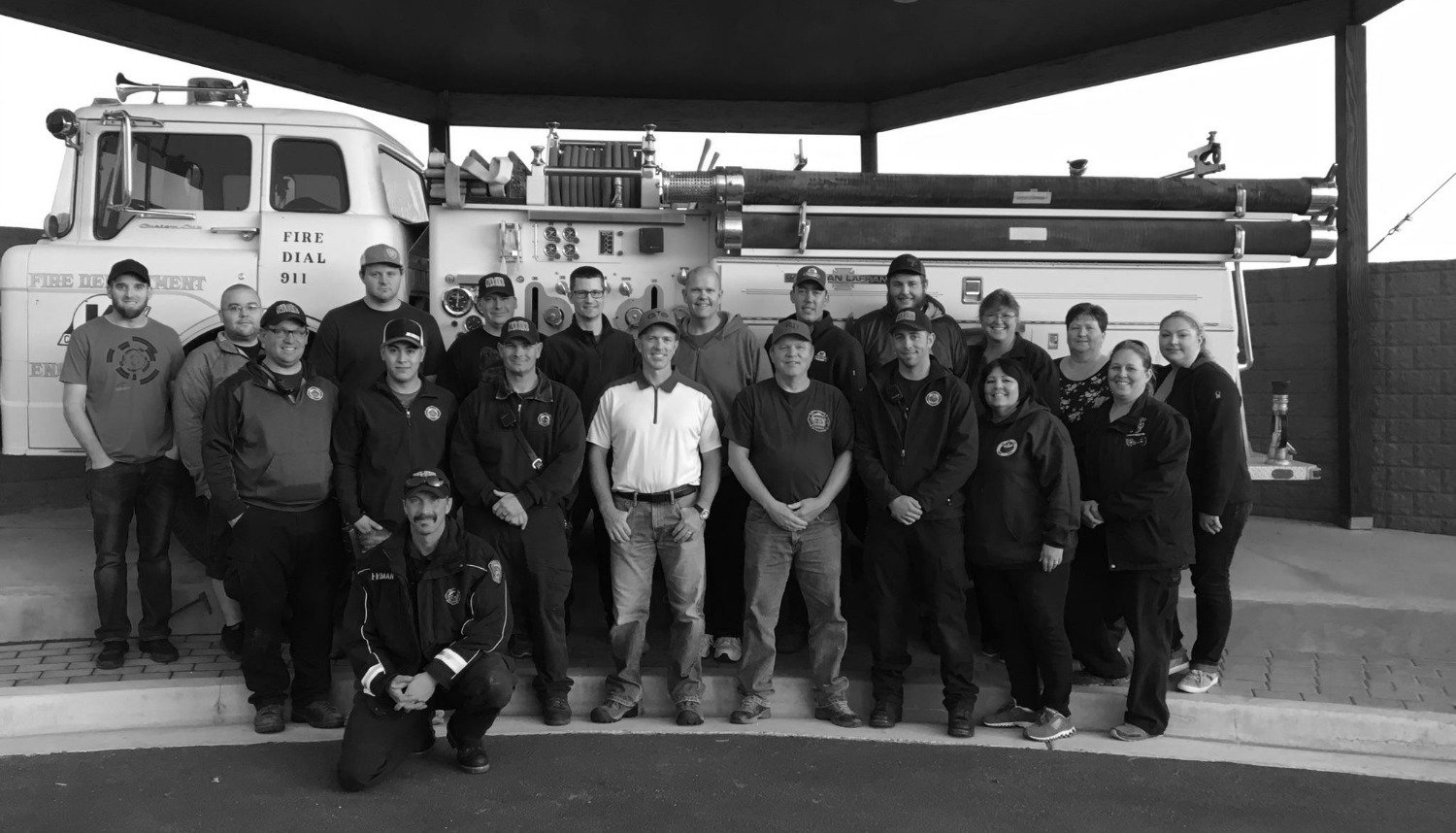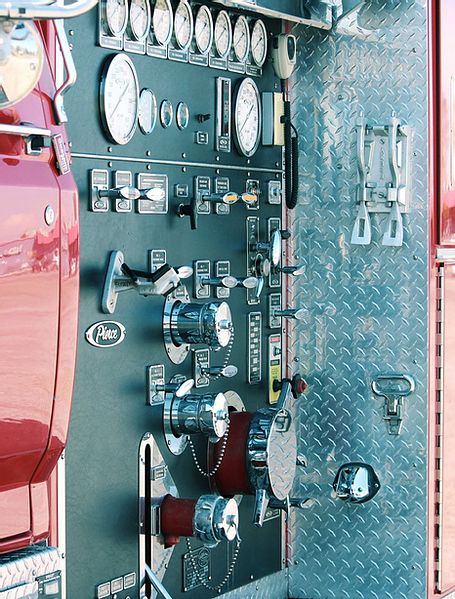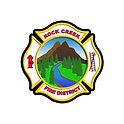
About Rock Creek Fire
Our mission
: To provide superior service to the residents of the Rock Creek Rural Fire Protection District in an effort to protect their lives, property, and the environment. The members of the department will accomplish this mission through fire suppression, fire prevention, public education, emergency, and non-emergency response. The department will maintain the highest level of readiness, enabling delivery of firefighting and emergency rescue services in a safe, competent, and caring manner.
Staffing
The Rock Creek Fire District employs a Fire Chief, 6 full-time Firefighter/EMTs, 2 part-time Firefighter/EMTs, and 15 volunteer/paid on call Firefighters. In addition to fire suppression, the RCFD also provides emergency medical care and fire prevention activities through public education.
Our goals

The goal of the Rock Creek Fire District is the protection of the lives and property of the citizens who reside in our district. We strive to achieve the best possible care for those under our protection through continuous professional development and a personal interest in seeing our community thrive.
Meet Our Team
Fire Chief
Aaron Zent
Assistant Chief
Greg Vawser
Battalion Chief
Dee Hunsaker
Captain
Jason Freeman
Stacey Thomas
Gary Sabin
Driver Operator
Taylor Hunsaker
Tim Daniels
Brent Black
Firefighter/EMT
Michael Bagley
Cameron Dirks
Kyler Hartley
Josh Russel
Aaron Rodriguez
Chad Koehn
Chris Nelson
Andrew Giesbrecht
Firefighter
Steven Balling
Brian Beckman
Humberto Chavez
Jordan Hunsaker
Tyler Muegerl
Dylon Baker
Chris Johnson
Dyllon Cunningham
EMT
Zoe Ferrin
Jayne Hunsaker
Lynette Sievers
Cindy Spencer
Julie Taylor
Shaylee Knowlton
Jamie Quesnell
Probationary Firefighters
Dustin Lammers
Chris Bryan
Administrative Secretary
Jennifer Egbert
Fire Commissioners
Doug Fisher
Marvin Norris
Brad Perkins
FAQ
Frequently asked questions
How are Fire and EMS dispatched to a call?
Both Fire and EMS units are dispatched by radio through Sircomm located in Jerome Idaho.
What is the best way to request Fire or EMS in an emergency?
The best and fastest way to request an ambulance is to dial 911.
Sometimes I see multiple ambulances at a residence. Why is that?
If you see this, it probably is because our QRU and Paramedic units are both at the scene. QRU's are a very essential part of pre-hospital medical care in our area. They are able to provide care when at times a Paramedic ambulance is 10 minutes or more away due to the calls location.
What can I do to assist the Fire Department and EMS in finding my location or residence?
The best suggestion is to have your address numbers a minimum of 3 inches in size, well lit and not obstructed by any bushes or trees. At night it is hard to see small numbers either on a house or mailbox. The best way, if possible, is to have someone wait by the street to flag down the ambulance.
The other day I pulled over for an ambulance with lights and sirens. A few blocks later they turned the lights off and drove with the flow of traffic. Why?
The ambulance was probably cancelled. Ambulances are dispatched right away not knowing the extent of injuries. Once either the police, fire department or other public safety official arrives and there are no injuries or the patient is refusing treatment, the ambulance is cancelled.
If an Ambulance or Fire Engine is coming with lights and sirens on what do I do?
If you notice an ambulance or any other emergency vehicle coming you need to pull to the right when it is safe and come to a complete stop. Emergency drivers are taught to pass vehicles on the left unless there are certain circumstances. This is why you sometimes see emergency vehicles coming in the oncoming lane around stopped traffic.
What is the difference between an EMT and Paramedic?
The difference between EMT-Basic, EMT-Advanced and Paramedic is hours of study. An EMT-Basic will conduct approximatly 120 hours of class room and hands on studies and will then be able to provide basic life support to those in need. An EMT-Advanced is able to do what an EMT-Basic can do but is also able to start IV's and provide some additional care. They conduct approximatly 200 hours of class room and hands on studies. Paramedics conduct approximatly 1400 hrs of study and hands on clinicals. Paramedics are trained to provide life saving interventions with medications, cardiac monitors, advanced airways, advanced trauma care and stabilization.
